Knowledgebase
Kingshay's Knowledgebase - Youngstock
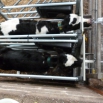
Computerised calf feeders are becoming increasingly popular to help labour efficiencies. Managed well, they can improve milk feeding consistency, drive weight gains and o...
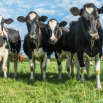
Opting to have heifers reared on contract by a third party could be an attractive option for those farmers with limited labour, time, interest or facilities. On units whe...
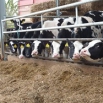
Replacement heifers are one of the most valuable assets but also biggest costs to a farm. Physical development is more important than age at first calving for a success...
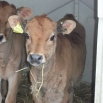
In a traditional dairy calf rearing system, calves are fed 10% of their birthweight in milk over two feeds daily i.e. 2 feeds of 2 litres. In comparison, a calf left on t...
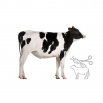
Over the last decade the UK dairy industry has seen a phase shift, with a growing contingent of commercial farmers recognising the role of genomics in driving rapid genet...
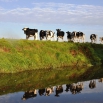
Consistent growth throughout their early years is essential to ensure heifers calve in at the most economical age at first calving of 24 months, but all too often turnout...
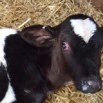
IBR is an acute viral disease characterised by inflammation and necrosis of the mucous membranes of the upper respiratory tract which can lead to fatal pneumonia. With th...
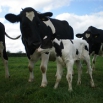
Kingshay Dairy Costings show that 40% of cows culled were as a direct result of health factors. This represents a significant avoidable loss, whilst health issues can als...
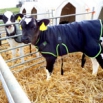
In response to member queries about calf jackets and their efficacy, we carried out a Tried & Tested survey and trial in early 2015. The survey was completed by a sam...
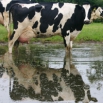
Leptospirosis (lepto) is a bacterial disease of cows which causes infertility, abortion storms, higher cell counts and lower milk yields. Control of lepto is particularl...
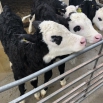
An increasing number of processors are introducing plans to encourage farmers to phase out calf euthanasia of healthy, young bull calves. Such a move is undoubtedly the r...
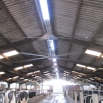
Good building ventilation is vital to remove the huge amounts of heat and moisture produced by cows every day. Failure to get it right can lead to heat stress and higher ...
